News Desk
The News Desk provides timely and factual coverage of national and international events, with an emphasis on accuracy and clarity.
Indian journalist Rohinee Singh provided a deep dive into the factors that led to the Bharatiya Janata Party’s (BJP) recent electoral breakthrough in Delhi, a city that had been a stronghold for the Aam Aadmi Party (AAP) for the past decade.
In an interview with Nukta, Singh discussed the historical rise of AAP, its initial backing from the Rashtriya Swayamsevak Sangh (RSS), and how voter disillusionment ultimately led to the BJP’s return to power after 27 years.
The RSS-backed origins of AAP
According to Singh, understanding the BJP’s resurgence requires revisiting AAP’s formation. She asserted that the RSS initially supported AAP as a counter to the Congress during a time when BJP was struggling electorally.
“The RSS created this party during a time when the BJP was losing election after election,” she explained. “They backed the India Against Corruption movement, which later gave rise to AAP.”
However, the political landscape changed in 2013 when the BJP, at a convention in Goa, projected Narendra Modi as its prime ministerial candidate.
“That’s when the BJP and RSS withdrew their support from AAP,” Singh noted. “From there, Kejriwal emerged as an independent political force and became a competitor to the BJP.”
Singh compared Kejriwal’s positioning to that of Imran Khan in Pakistan, noting that both leaders distanced themselves from traditional political entities to appeal to voters seeking an alternative. “Kejriwal condemned VIP culture and promised to be a leader from the masses, but over time, many of his promises faded,” she said. “This election showed that Delhi’s electorate felt betrayed and sought an alternative in the BJP.”
Shift in voter priorities
A key factor in AAP’s decline, Singh argued, was its governance model. “Delhi is a unique state with a budget surplus because security expenses are covered by the central government. Previous administrations used this surplus for development, but AAP focused on subsidies,” she explained.
She characterized this shift as a transformation from a welfare state to a “charitable state.” “AAP promised free transport, free electricity, and cash benefits. In response, the BJP countered with even more incentives—maternity benefits, two free gas cylinders per year, and additional subsidies,” Singh said. “The debate was no longer about infrastructure, metro expansion, or world-class institutions—it was about who could offer more handouts.”
Singh also contrasted AAP’s 10-year record with the achievements of previous Delhi governments. “If you examine Kejriwal’s tenure, there’s little to highlight. The city’s greenery, metro, flyovers, and modern infrastructure were all developed under Sheila Dikshit’s Congress-led administration,” she noted.
BJP’s growing influence
With BJP securing a strong foothold in Delhi, Singh discussed the broader implications for the Indian political landscape.
“A thriving opposition is crucial for democracy, and while this election was a setback, saying the opposition has been completely routed would be inaccurate,” she said.
Historically, Delhi voters have differentiated between state and national elections. “They would elect the BJP at the center but not in the Delhi Assembly. Even when AAP ruled Delhi, Modi won Lok Sabha elections convincingly,” Singh explained. “For the first time in over two decades, that pattern has changed.”
Looking ahead, Singh identified Bihar’s upcoming assembly elections as the next major political test.
“The opposition needs to reorganize itself. In Delhi, neither AAP nor Congress could align on a common platform. Had they contested as an alliance, they could have secured at least 35 seats—half the required majority,” she observed.


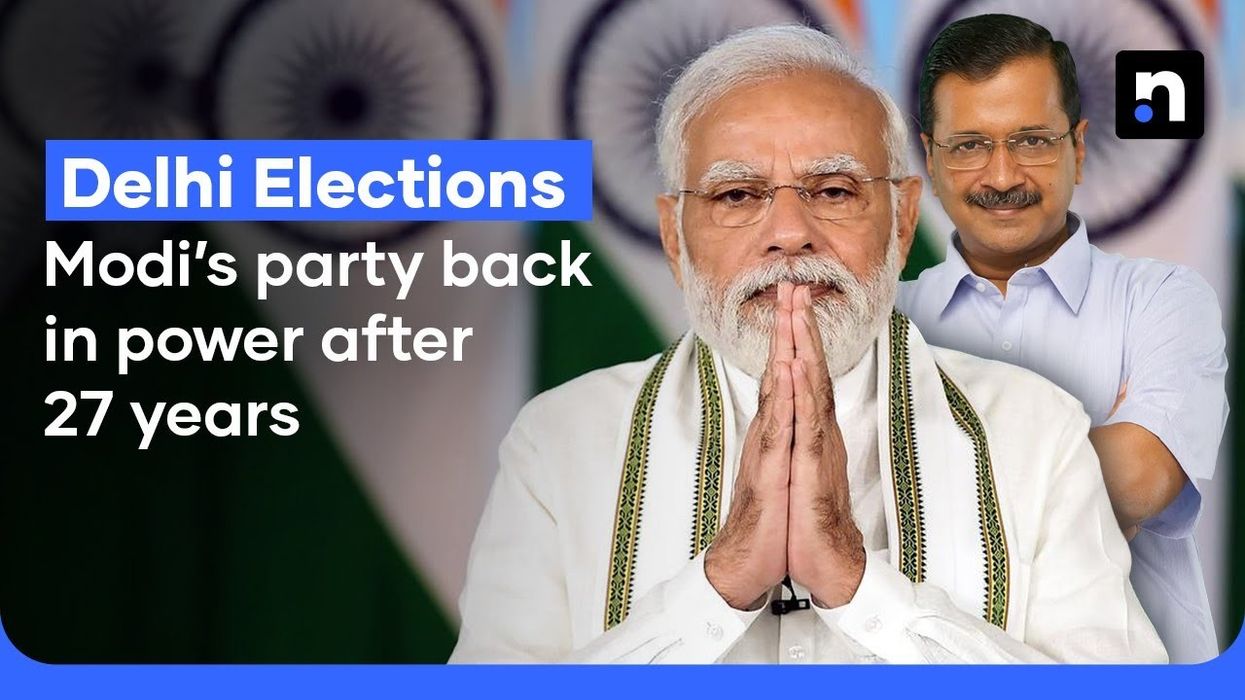
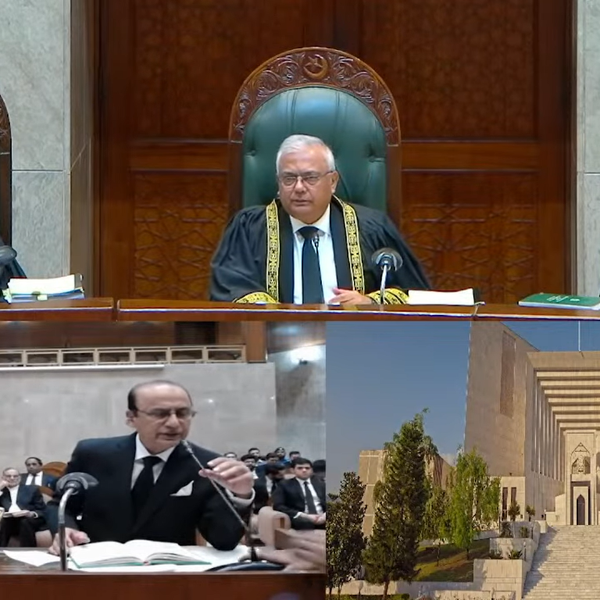

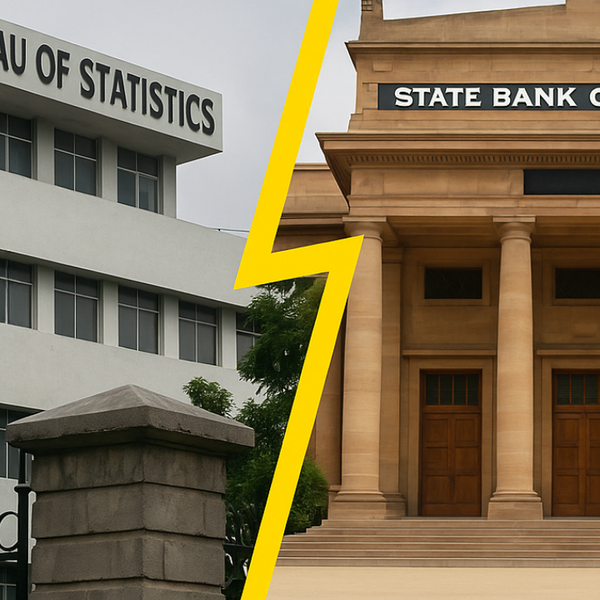
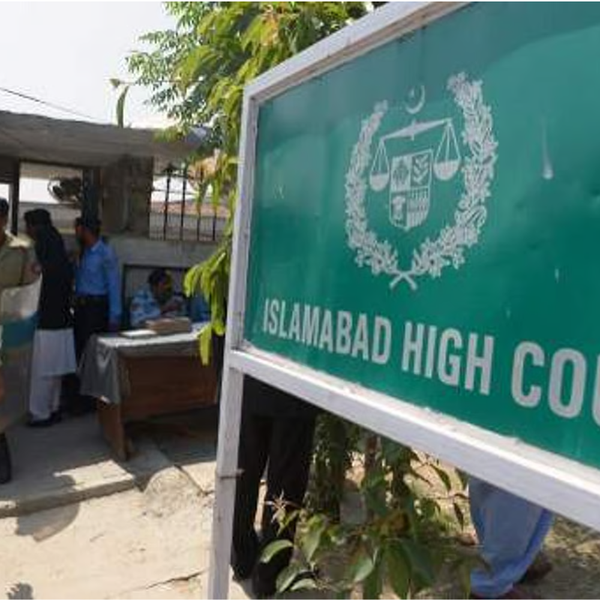


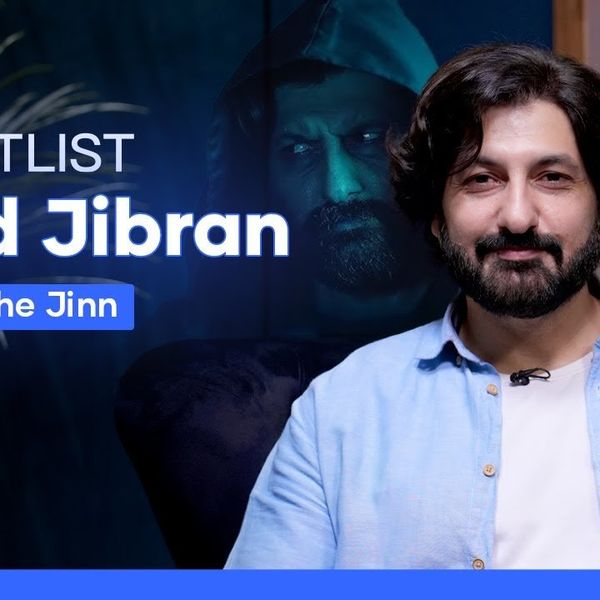

Comments
See what people are discussing